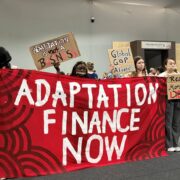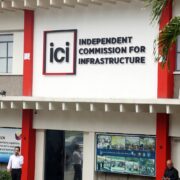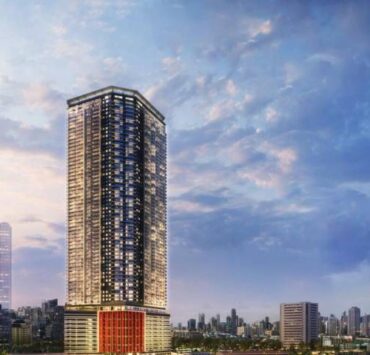The ‘first home’ formula for Filipinos
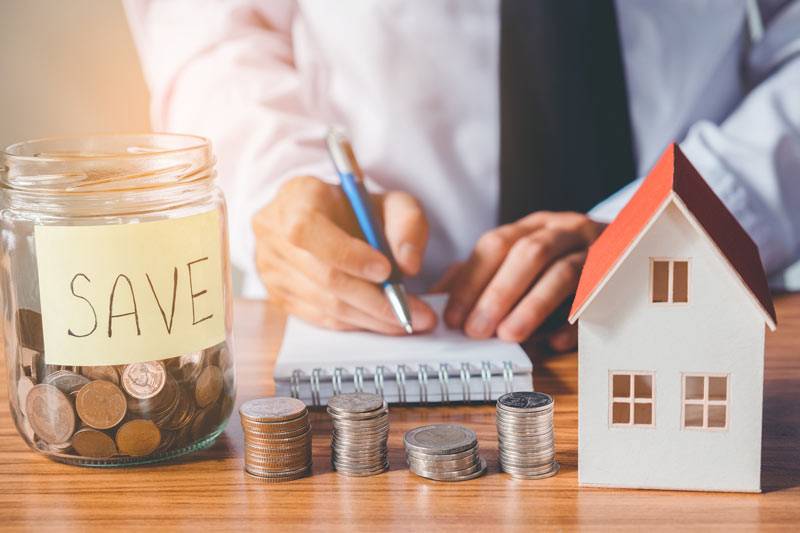
In the Filipino psyche, few milestones carry as much emotional and financial weight as buying one’s first home.
It is not just a roof over one’s head. It’s your security, legacy, badge of financial maturity, and for many, the first real taste of long term investment. But behind every proud homeowner is a journey of sacrifice, calculation, re-calculation and sound decision-making.
So how exactly does one prepare for this pivotal life goal? Is there a formula? One that blends dreams with discipline, and aspirations with affordability? As it turns out, yes. And it’s one that every Filipino, regardless of background or income level, deserves to understand.
The foundation: Know thyself and thy budget
Before diving into mortgage rates or listings, a crucial first step is self-assessment.
According to the Bangko Sentral ng Pilipinas (BSP), over 70 percent of Filipino households do not have formal financial plans. This is where the first principle comes in—budgeting with purpose.
The 30-30-30-10 Rule is a common framework for would-be homeowners: 30 percent of regular income for home loan amortization or rent; 30 percent of regular income for necessities; 30 percent of regular income for savings and investments; and 10 percent of regular income for lifestyle or wants.
Of course, this may vary depending on one’s life stage, dependents, and income. But as a rule of thumb, financial experts advise that your monthly amortization should not exceed 30 percent of your gross monthly income. For instance, if you earn P50,000 a month, aim for a housing cost or monthly mortgage not higher than P15,000.
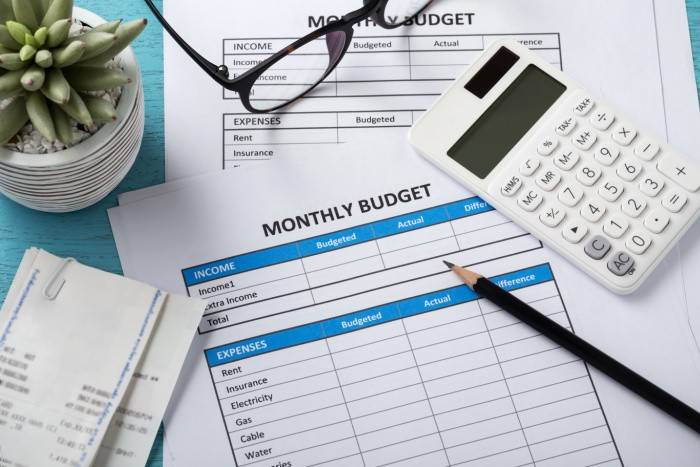
The saving stage: Build the down payment
The typical downpayment in the Philippines is 20 percent of the property’s value—a substantial upfront requirement that deters many potential buyers. But with a realistic plan and timeline, it becomes attainable.
If you’re eyeing a property worth P2.5 million, a common entry-level range in Metro Manila fringe cities or provincial centers, you will need P500,000 for the down payment.
Here’s where saving with intentionality comes in. Based on Pag-IBIG Fund’s suggestion, a minimum of P8,300 monthly savings over five years can grow into your needed down payment, assuming minimal interest. Add side hustles or bonuses, and you may hit your goal sooner.
To stay consistent, make sure to automate savings to a separate account. Treat downpayment saving as a non-negotiable expense. Consider also matched savings programs, if available through employers or cooperatives.
Take it to the next level by enrolling to regular investing facilities which allow you to do peso cost averaging.
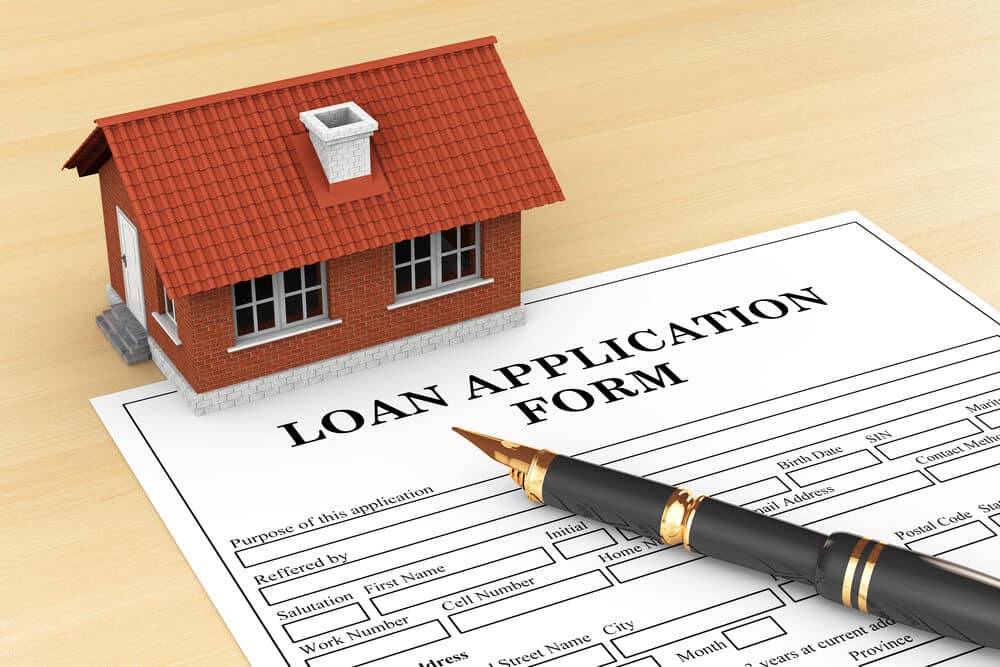
The support system: Tap into financing options
Not all journeys to homeownership need to start with 100 percent of your own money. The Philippines has a relatively robust set of financing schemes, each with its own pros and cons.
With Pag-IBIG, you can loan up to P6 million for housing, with interest rates as low as 5.75 percent (one-year fixed) or 6.375 percent annually (three-year fixed) as of 2025. It also offers long repayment terms of up to 30 years. You just need an active membership and a steady income.
With banks, interest rates range from 6 percent to 8 percent a year (fixed for one to five years). These institutions often have higher appraisal and stricter credit checks, and offer flexible payment arrangements.
Developers with in-house financing usually have less stringent requirements but they also have higher interest rates, as much as 15 percent annually and shorter payment terms.
According to the BSP’s Residential Real Estate Price Index (RREPI), property prices continue to rise, averaging 3.9 percent year-on-year in 2024, driven by demand in both urban and suburban areas. This supports the case for entering the market early while prices remain manageable.
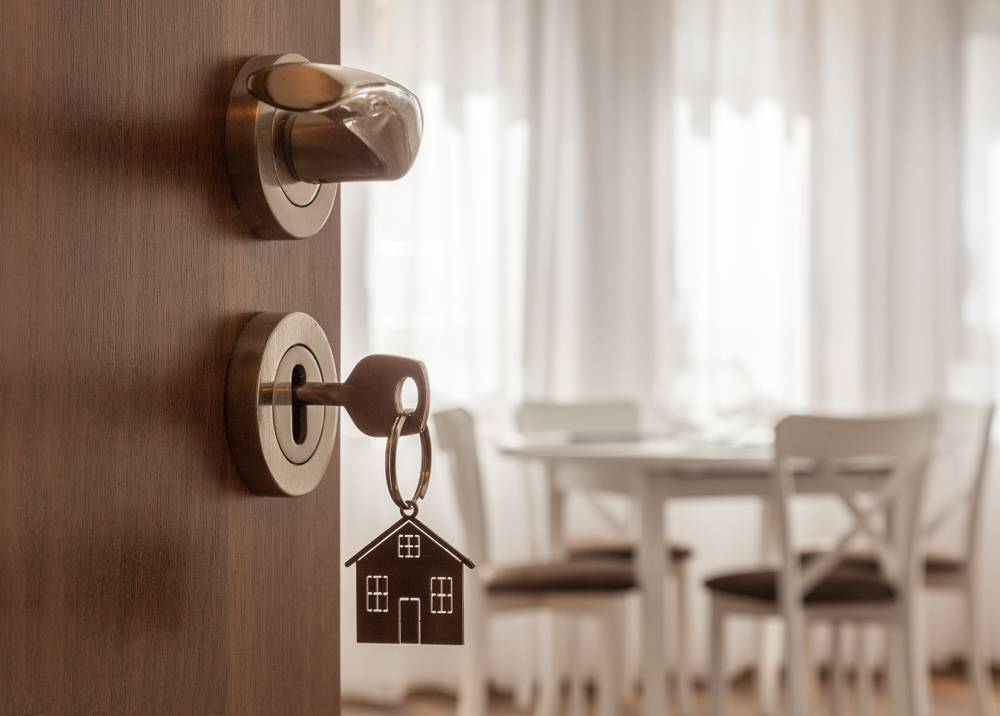
The investment mindset: Your first home as an asset
Beyond being a place to live, your first home can also be a launching pad for future wealth.
There are two main paths. One is “buy-to-own” (end-user model) wherein you purchase with the intent to reside in the home. “Buy-to-rent” (Investment Model) refers to acquiring a unit that you can rent out.
Research from Colliers Philippines showed that gross rental yields in Metro Manila hover around 6 percent, and in fringe or provincial growth areas, 8 to 10 percent.
Real estate also acts as an inflation hedge. As inflation rises, so does the value of your property and rental income potential. Just make sure you choose a location with strong demand drivers (transport, jobs, schools); vet developers for track record and quality; and consider ongoing maintenance and association dues.
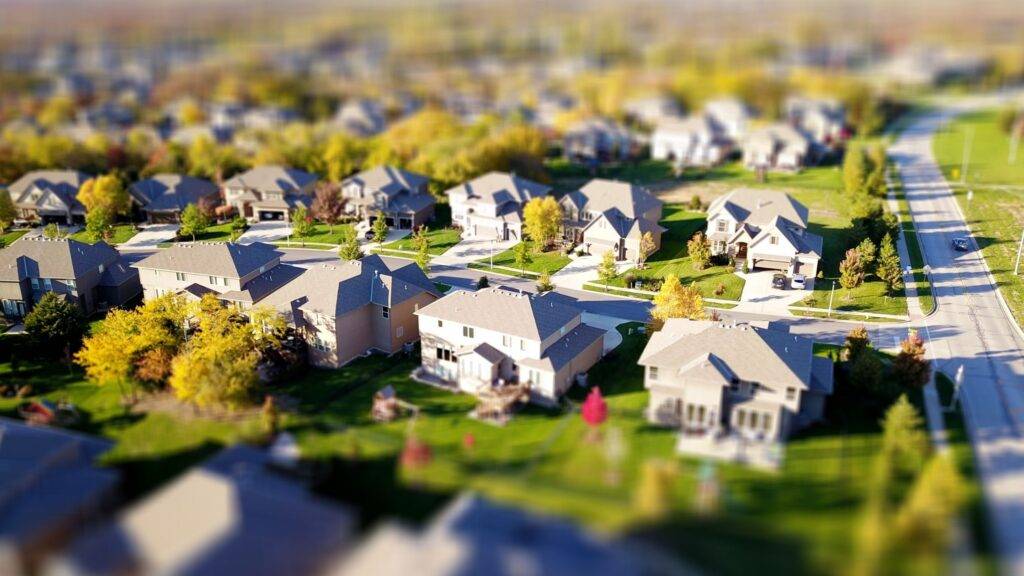
The emotional and practical equation
One overlooked part of the “formula” is emotional readiness. Are you stable in your career? Do you have an emergency fund, ideally six to 12 months of expenses? Are you ready for the hidden costs like insurance, taxes, repairs?
Owning a home is not merely a financial decision–it is a lifestyle choice. The “Filipino dream” shouldn’t become a financial nightmare. Thus, always leave room for flexibility.
To summarize, here is the practical five-step formula.
Assess your budget. Keep amortization less of equal to 30 percent of income.
Save your seed. Target 20 percent of the property value as a down payment.
Select the right financing. Compare Pag-IBIG, bank, and in-house options.
Strategize the location. Growth potential and accessibility are key.
Secure your future. Maintain an emergency fund and insure your asset.
In a country where owning a home is often seen as a dream for the few, it’s time we reframe the narrative. With the right formula, financial discipline, and informed choices, homeownership is not just possible—it’s practical.



